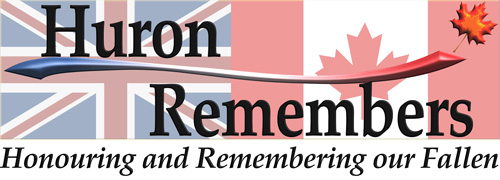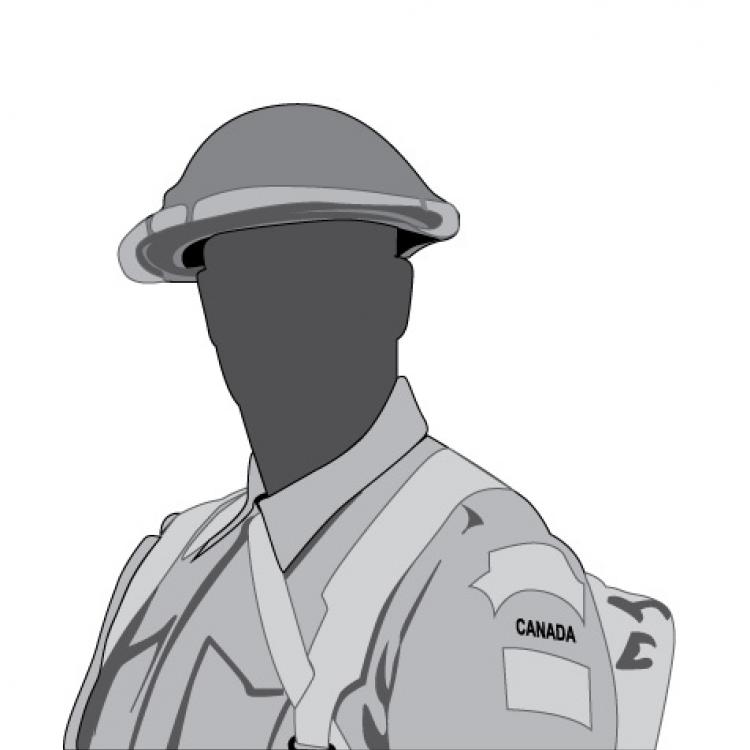THE MENIN GATE MEMORIAL TO THE MISSING
The Menin Gate Memorial to the Missing is located in Ypres in Belgium. It is dedicated to the Commonwealth Soldiers of World War I who were killed in the Ypres Salient and have no known grave. It is located at the eastern exit of Ypres. This point was the starting point for the soldiers and one of the main roads that would take the soldiers to the front.
THE HISTORY OF VIMY RIDGE
The German forces during the early advances of 1914 occupied Vimy Ridge and the surrounding areas. During this period they constructed deep bunkers and tunnels. They placed many layers of barbed wire on the ridge. As well they positioned their machine gun pits in such a way that anyone attempting to advance upon the ridge would be caught in a deadly crossfire. There were 8,000 men on the ridge with approximately 3,000 in reserve and many more thousands in the rear positions.
CANADA'S UNKNOWN SOLDIER
I want to begin this article with the differences between Great Britain's Unknown Warrior and the Unknown Soldier of Canada.
Great Britain
KILLING MENTALITY: WWI Soldier's Combat Experience
The Allied Commanders and psychiatrists of WWI believed that soldiers broke down, or suffered shell shock, because in their minds, men in the trenches had not been "hardened" enough. Their thinking was civilians which was what the Canadian Expeditionary Force was comprised of were not made to be natural warriors and that it would take a great deal of training to make these men into proficient soldiers. Training was to be simple, continuous and varied and were to be trained for one purpose only which was to fight.
SHELL SHOCK WWI
Background: During 1915, the French Army established "forward psychiatry" to slow the loss of their troops to the base hospitals. The British soon followed. It was widely accepted as an productive intervention, forward psychiatry was not manageable to random-controlled trials and only one controlled outcome study has taken place.
The Ross Rifle - WWI
"Give me one million men who can hit a target at 500 yards , and we would not have a foe who would invade our country" - Minister of Militia and Defence Sam Hughes.
Rifles were produced at the Ross Rifle factory in Quebec City and numbered 420,000 with versions 1-5. The cost to build the rifle was $28. The rifle weighed 8 1/2 pounds. It could fire 20 rounds a minute. It was accurate up to 1,800 feet. The bayonet was 10" long.
This rifle was given to the infantry and snipers and they loathed it.
Liberation of the Netherlands - an enduring story from the 8th Hussars
The legacy of good will between the people of the Netherlands and Canada is a story of friendship and kindness. Enjoy the story of the 8th Hussars and their role in nurturing good will during and after the end of World War Two.
THE BATTLE TO DESTROY THE ENEMY ABOVE, ON AND UNDER THE ATLANTIC
War was declared by the United Kingdom against Germany on September 3, 1939, and the Battle of the Atlantic would began the same day. One week later Canada followed the United Kingdom and declared war against Germany. This dangerous threat from the U boats began on September 3, 1939 with the sinking of the SS Athenia from the torpedoes of a German U Boat. The Athenia had approximately 1,400 passengers and crew onboard and the death toll was 117 passengers and crew. There were American citizens on board at the time of the sinking.
THE GERMAN LUFTWAFFE NIGHT FIGHTER TACTICS OF WWII
World War II was the first conflict to employ the use of night fighter operations and this led to a number of types of aircraft being used, different radar types being used and different tactics being used as the war progressed. Very early in the war when RAF Bomber Command chose to bomb civilian targets the Luftwaffe had one goal which was to "search and destroy".
1940-1941




